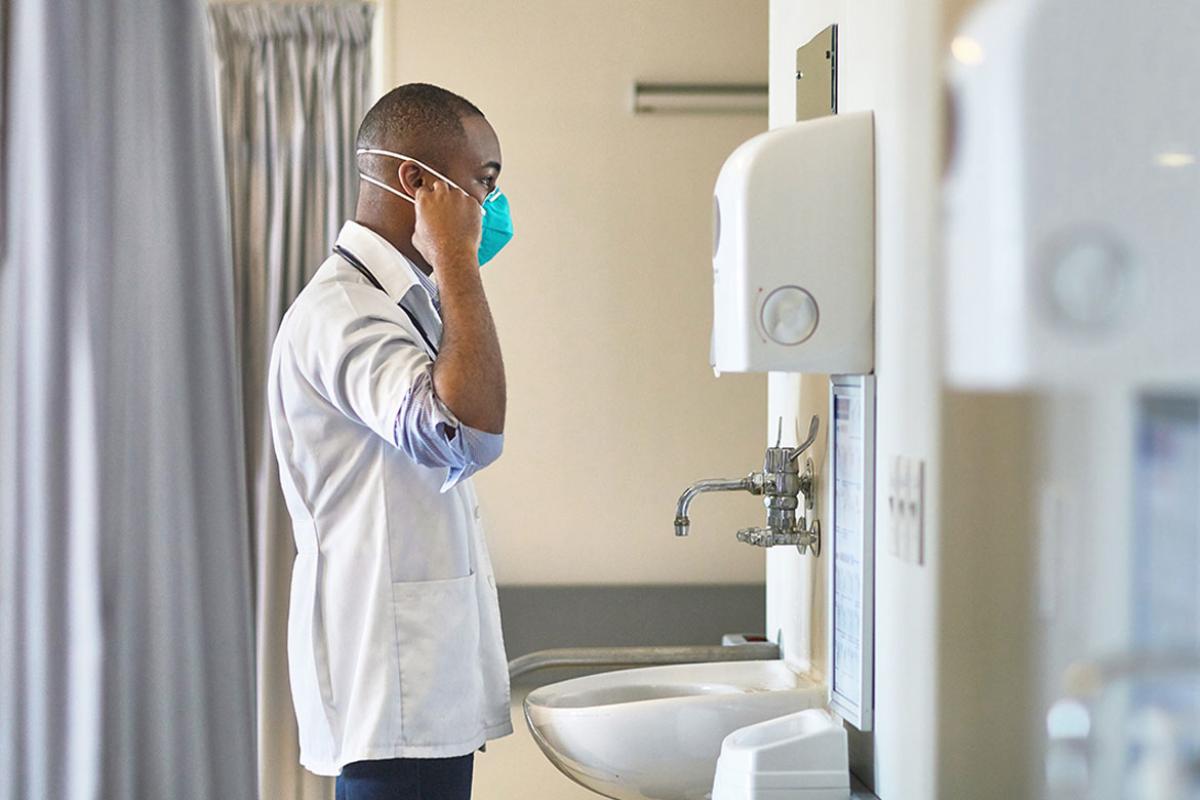If you’re preparing for the United States Medical Licensing Examination® (USMLE®) Step 3 exam, you might want to know which questions are most often missed by test-prep takers. Check out this example from Kaplan Medical, and read an expert explanation of the answer. Also check out all posts in this series.
A 27-year-old woman comes to the clinic because of abdominal and pelvic pain. She experiences pain for two weeks each month for the past six years. She describes the pain as being most severe during each menstrual period. The pain is sometimes associated with nausea.
She also tells you that she and her husband have been unable to conceive for the past two years. She has no significant past medical history. Her last menstrual period was eight days ago. General physical and pelvic examinations are normal. A hysterosalpingogram performed as an outpatient demonstrates a normal uterus with normal fallopian tubes and spillage into the peritoneum. Which of the following is the best next step in management?
A. Chromosome analysis.
B. In-vitro fertilization.
C. Laparoscopy.
D. Laparotomy.
E. Trial of oral contraceptive pills.
The correct answer is C.
Kaplan Medical explains why
Kaplan Medical explains why
This patient has a history of intermittent abdominal pain and infertility consistent with a diagnosis of endometriosis. Laparoscopy will reveal characteristic "powder-burn" lesions and filmy or dense adhesions. Symptoms associated with endometriosis occur mainly during the perimenstrual period: pain on bowel movements, pain during sexual intercourse, back pain and intestinal upset.
The most likely cause of her pelvic pain is endometriosis, for which laparoscopy is diagnostic. Cauterization of ectopic endometrial implants may restore fertility in a number of patients.
Why the other answers are wrong
Why the other answers are wrong
Choice A: A chromosome analysis would detect a genetic cause of infertility, but this is not likely in this patient.



